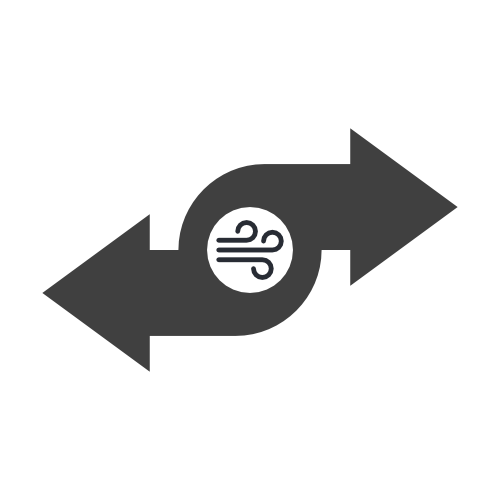
Dimension soffit ventilation plays a crucial role in preventing condensation, especially in moderate to extreme climates. Soffits can easily trap moisture if there’s no continuous path for conditioned air to circulate throughout the cavity. Structural framing may obstruct airflow, so collaboration with your structural engineer is key to ensuring coordination and finding effective ventilation solutions.
If the soffit is enclosed by the air barrier, it’s critical to provide unimpeded pathways for airflow between the interior space and the soffit cavity. These openings allow the movement of conditioned air and help prevent moisture buildup.
When airflow alone isn’t sufficient, consider integrating a mechanical ventilation system or diffuser to maintain consistent temperature and humidity levels inside the soffit.
In situations where the soffit is not enclosed by the air barrier, the cladding system must be designed to allow for adequate exterior ventilation. This approach enables heat and moisture to dissipate between the soffit finishes and the floor slab above.
Close coordination with mechanical and structural engineers ensures the cladding design achieves the right balance between ventilation performance and structural integrity.
It’s important to collaborate with your envelope, mechanical, and structural consultants throughout the design process. Their combined expertise helps ensure the soffit design includes sufficient ventilation and avoids condensation-related performance issues.
Design TOgether to identify the most effective strategies for integrating dimension soffit ventilation within the project’s building systems.
Proper soffit ventilation is essential for maintaining building performance, preventing condensation, and extending material durability. By following these coordination guidelines and engaging key engineering disciplines early, you can ensure that soffit designs support healthy air circulation and long-term functionality.
Ready to streamline Soffit Ventilation detailing into your design?
Discover how D.TO enhances your daily design workflows on D.TO’s key features page, or schedule a demo to explore them in more detail!!
